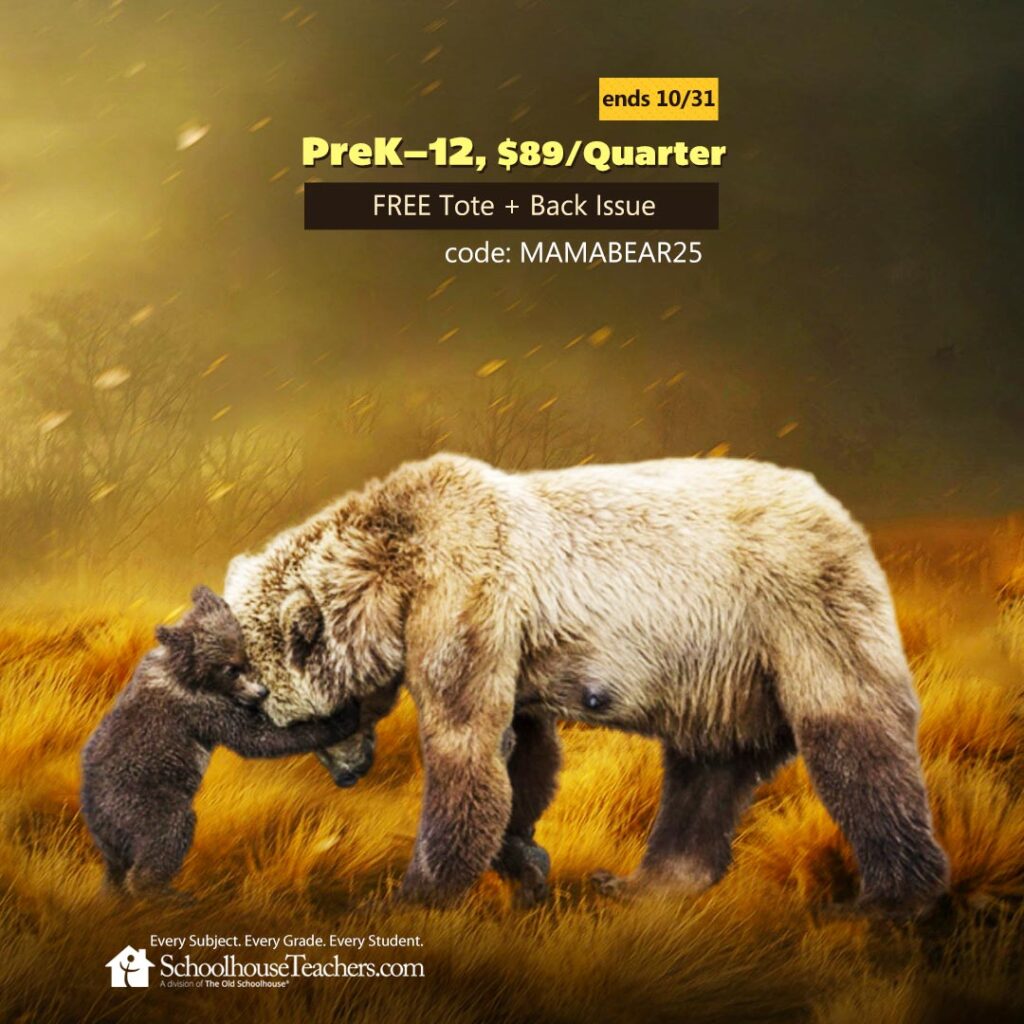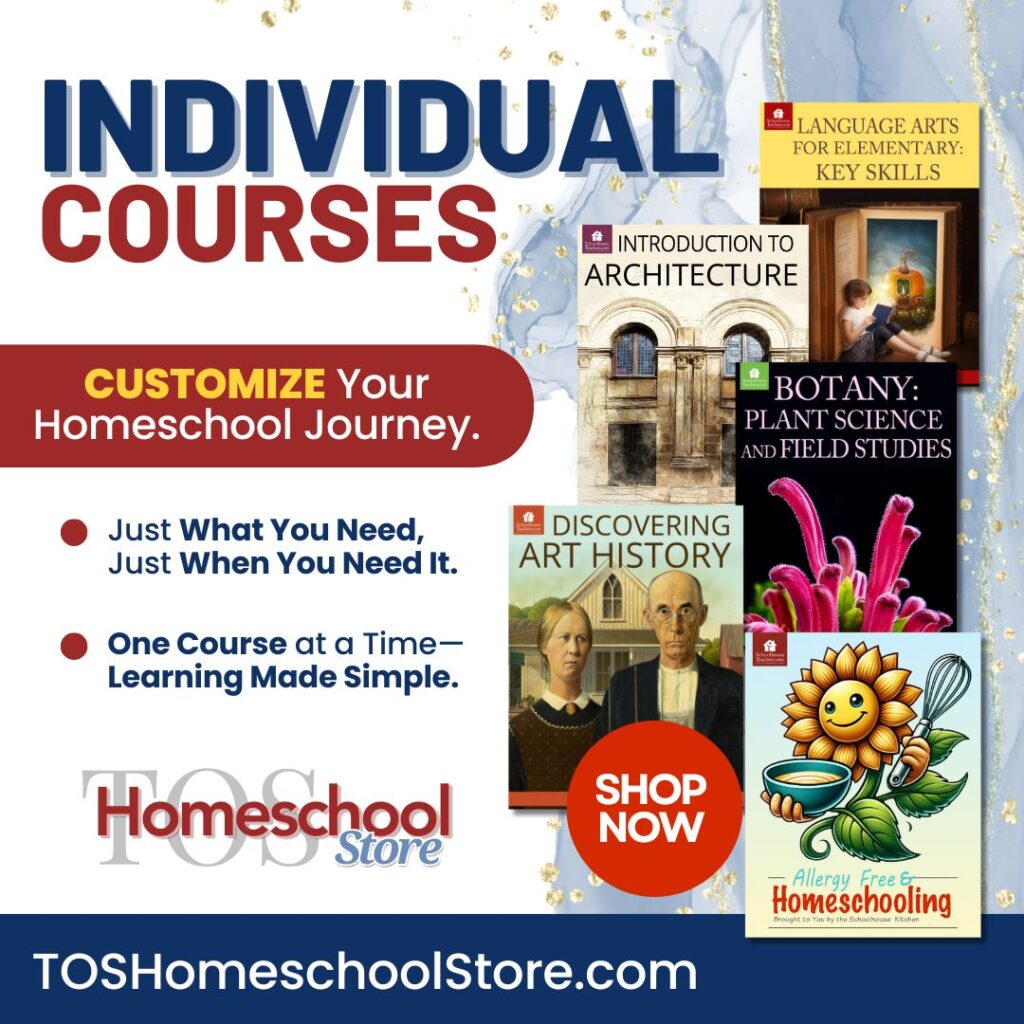

Lesson Sample from SchoolhouseTeachers.com
With phones that tell us exactly where to go, how can students learn to read, understand, and use maps? All About Maps is a geography course used one week out of the school year from kindergarten through eighth grade. In early years, students learn basic map skills, including directions and the compass rose. As they get older, the lessons advance through the study of latitude, longitude, climate, biomes, population, natural resources, weather, and more.
If you're not a SchoolhouseTeachers.com member, you can use this sample lesson as a stand-alone teaching that covers different geography concepts like types of maps, continents, cardinal directions, and more. The majority of the sample lesson is seen below, but you can get a printable PDF through the Course Sample link on the All About Maps course page.
If you are a SchoolhouseTeachers.com member, then you've got access to the whole course, but we hope this short sampling has introduced you to one of our great courses that you may not have found yet.
All About Maps: Unit One
From the Kindergarten-Second Grade Units
Types of Maps
A round map of the earth is called a globe.

Have you ever tried to cut open and flatten a deflated ball? That is why most world maps portray
the earth as “flat.” We can’t see all the sides of a round ball when all we have to look at is a flat
piece of paper. So, scientists found a way to draw the world in a stretched out, flat picture like
this one.

Continents are very large areas of land on the earth. The continent on which you live is called
_______________________________.
Study the map of the world and answer the questions.
- How many continents are there? ______________________________________________
- Which continent is the largest? _______________________________________________
- Which continent is the smallest? ______________________________________________
- Which ocean is found between Africa and South America? _________________________
- Which ocean is found between South America and Australia? _______________________
An atlas is a book that is a collection of maps. One of the most common types of atlases in the
United States shows a detailed road map of the major roads that cross each state.
Cardinal Directions
It is important for every person to know in which direction he is moving. Just think of what the
pilot of an airplane, a seafarer, or a hiker in the mountains would do if they could not determine
direction. Yes, they would all get lost and end up in the wrong places.
Today, we are going to do FIELDWORK. We are going to go outside and find where the sun
rose today.
Now, stretch out both arms sideways. Turn so that your RIGHT HAND points in the direction
where the sun ROSE.
- What do you think this direction is called? (EAST)
- The direction on your LEFT is called WEST.
But there are two other important directions to find if you stand like that.
The direction IN WHICH you are FACING is NORTH, and the direction BEHIND you is
SOUTH.
Most maps that you see have a special symbol on them to show you what direction you’ll find
things on the map. This symbol is called a compass rose, and it looks like this.

The N stands for North, the S stands for South, the E stands for East, and the W stands for West.
Now look at the map below. Find the compass rose in the corner. Then read the questions and fill in the answers.

Suppose you are standing on the hill. In which direction would you find the sports field?
__________________
Now imagine you are at the clubhouse. In which direction is the sports field?
______________________
Activity:
Parent note: Before class, chose one point (Point A) in your backyard or in the largest room of
your house. Walk through the route described below and hide a prize at the end of the journey.
Feel free to adapt the activity to fit the area you are working with. Use the activity to wrap up the lesson time. Explain to your student what you want him or her to do and that there will be a special prize at the end. Have fun!
- Start at Point A.
- Determine North.
- Take 14 steps West.
- Take 2 steps South.
- Take 20 steps East.
Symbols, Plans, and Keys
We can tell stories with symbols or pictures. Have you ever seen a story that looked like this:

Because of the pictures, you know that the sentence says, “The dog loves his bone.”
Activity:
Pictures are used instead of words, and they tell you something. Now write your own story about your favorite animal. Use pictures as symbols instead of some of the words.
In the story you just wrote, you probably used pictures that looked like what you were talking
about, just like we used a picture of a dog and a bone in our first sentence. When we draw maps, we need to use symbols, too. Maps usually show a big area in a much smaller place.
Imagine if you wanted to draw a picture of your living room or bedroom. Would you want to draw every single book on your bookshelf or every detail of your couch? Of course not! That would take forever.
Instead, you might draw a box for the bookcase and a rectangle for the couch so they look like
this:

There is one more thing your map will need. It’s called a key. Keys let other people know what your pictures mean. It’s like giving them the answer to a secret code! Your key for your map could look like this:

There’s more learning about symbols, map keys, and map types in the sample lesson.
More About This Course
Maps are an integral part of geography. This All About Maps homeschool geography course starts with basic map skills, including directions and the compass rose, and advances through a study of latitude and longitude, various types of maps, natural resources, how settlement and war have impacted political maps, settlements and land use, natural disasters, and natural hazards.
Overview
- 1 week per grade level, 4 days a week
- Includes text-based lessons, assignments, and answer keys
- Grades Kindergarten – 8th
Supplies Needed
Corresponding lessons on SchoolhouseTeachers.com; journal or notebook for writing assignments, notetaking, and research; atlas, globe, or world map
Get your PDF copy of this sample lesson from the All About Maps course page.
If you’d like to see all that SchoolhouseTeachers.com has to offer your family (one membership price for every member of your family – including access to lots of parent resources!), then go to the membership page for all the pricing options.
















